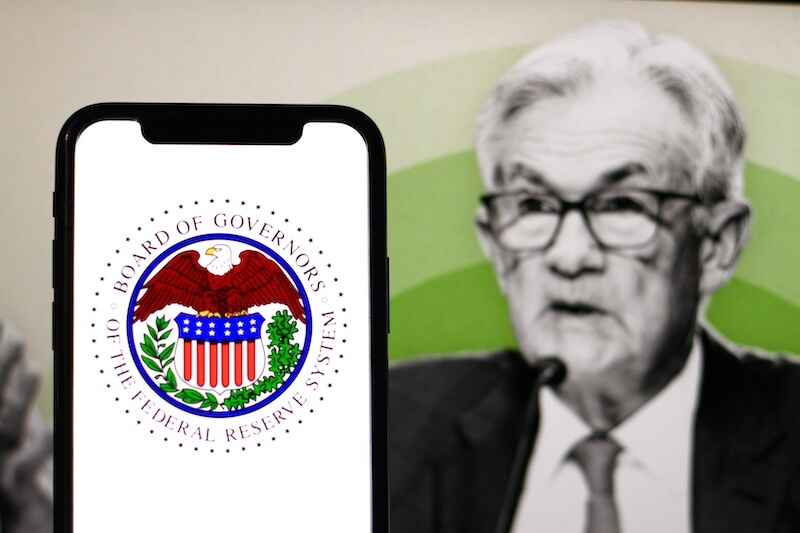Editors Note: Has the market gone mad?
Or has it unintentionally created a once-in-a-generation opportunity?
Senior Markets Expert Matt Benjamin of The Oxford Club weighs in below….
– Nicole Labra, Senior Managing Editor
Is the Federal Reserve behind the curve?
After the Fed embarked on its most aggressive rate hiking cycle ever – taking its target rate from near zero in March 2022 to 5.5% just 17 months later, and then holding it at that high level for more than a year – there are really just two questions on investors’ minds at the moment…
Will the Fed start cutting interest rates next month?
And, if the Fed does start easing in September, will that be enough to prevent a rough landing for the economy?
It’s worth thinking about why the Fed raised rates so dramatically beginning in early 2022.
There are different theories, but after speaking with Fed chairs for 30 years – I’ve met every Fed chief from “Tall Paul” Volcker, who ruled the central bank in 1980s, to current chair Jerome Powell – I think it’s due to traumatic memories.
The Fed had such a terrible time with runaway inflation in the 1970s and early 1980s that it has a “never again” kind of attitude toward rapidly rising prices. And it will do whatever it takes to battle them (even if that means pushing people out of jobs, and the economy into recession).
Thus, the extreme rate hikes of 2022-2023.
You can see in the chart below how the most recent hiking cycle played out compared to past ones…
In terms of steepness and suddenness, the other tightening cycles don’t come close.
Was it Too Much?
For a few months early this year it seemed that the Fed might – just might – have stuck the landing (i.e., tamed inflation without causing a recession). Doing so is called a “soft landing,” and it’s the holy grail of central banking
But suddenly, after the July employment report showed the labor market suddenly slowing much more than expected, and with the unemployment rate now a half percentage point higher than it was in March, it seems the Fed may have taken rates too high and left them there for too long.
Instead of waiting until September to start cutting rates (as seems likely), it now appears the Fed should have started easing policy back in July, or even June.
But hindsight is easy. And the current reality is that the Fed must scramble to adjust.
As you can see in the chart below, the futures market now expects at least three quarter-point cuts by November – maybe even four (they would probably come as one half-point cut and a quarter-point cut, or two half-point cuts over the course of two meetings).

That’s a big change from just a few months ago, when most Fed watchers expected just one quarter-point cut from the Fed this year.
And make no mistake about it, the Fed works very hard – through both public speeches and back-channel communications – to guide the futures market to the correct conclusion.
The very last thing Powell wants is to surprise markets with an unexpected move on rates, up or down. We might even hear a rate cut commitment from Powell during his August 24 speech at the Jackson Hole Economic Symposium – which would most likely move markets.
And that’s likely how it will play out, with the Fed’s target rate at least three-quarters of a percentage point lower by year end.
Will it work? That is, will a few rate cuts before the end of the year be enough to keep the economy from falling into recession?
It’s too early to know, of course. The economy is massively complicated, and different parts of it – consumer and business spending, the stock and bond markets, the housing market, the dollar, etc. – will react in different ways to falling interest rates.
But rest assured that we at The Oxford Club will be closely monitoring the Fed and its next moves. Rate cuts will bring opportunities in different sectors for investors. So stay tuned…
Credit: Source link














